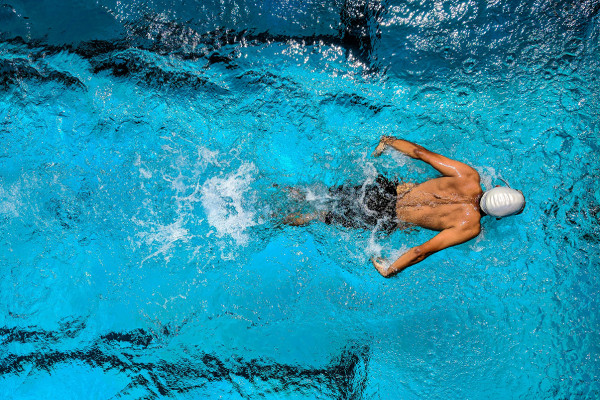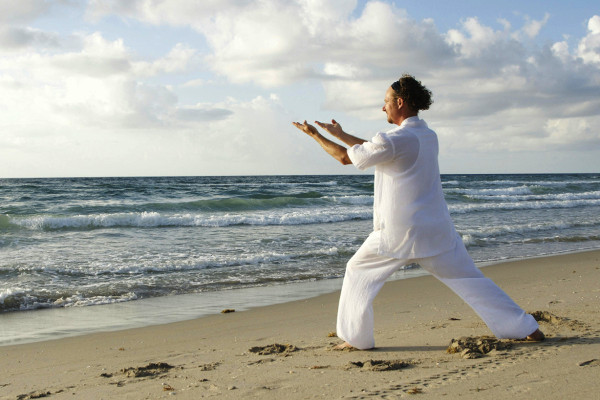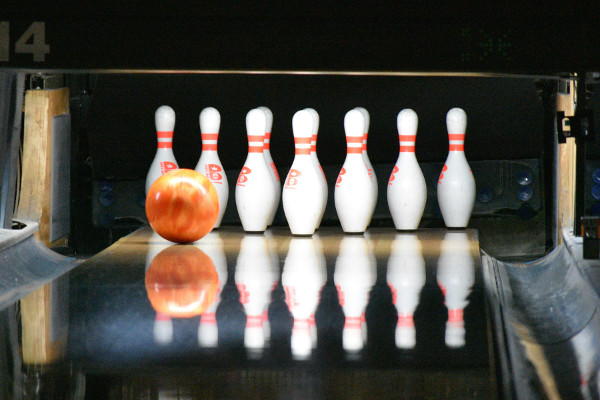How to Take Up Biking As A Hobby: Essential Tips for Health, Safety, and Maintenance
Biking is more than just a fun way to get around – it’s a fantastic form of exercise, a means to explore the outdoors, and a practical commuting option. Whether you’re new to biking or looking to improve your skills, understanding the basics can make all the difference. From choosing the right bike and staying safe on the road to maintaining your gear and preparing for longer rides, these essential tips will help you enjoy every pedal stroke with confidence and ease.
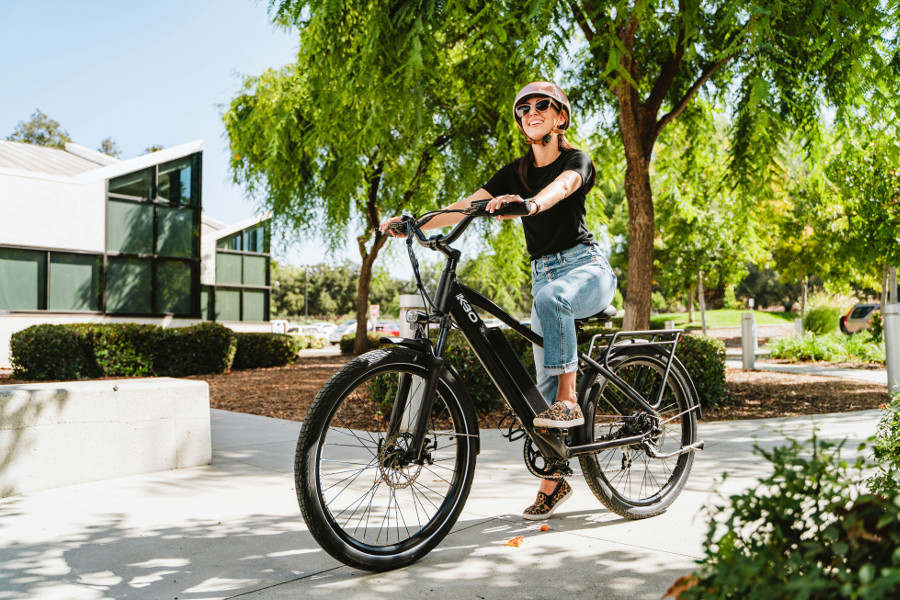
What are the health benefits of biking?
Biking offers a wonderful way to improve your health while enjoying the outdoors. It’s more than just exercise – it’s a chance to strengthen your heart and lungs, boost endurance, and improve muscle tone all at once. Because biking is gentle on your joints, it’s easier to keep up with regularly compared to higher-impact sports. Beyond physical benefits, biking has a way of lifting your mood and reducing stress, thanks to those feel-good chemicals your brain releases. Plus, being outside exposes you to fresh air and sunshine, which helps your body produce vitamin D. If you want a simple, enjoyable way to get healthier and feel better, biking might just be the perfect fit for your lifestyle.
How do I choose the right bike for me?
Choosing the right bike can feel overwhelming, but it really comes down to what you want to do and how the bike fits your body. Think about where you plan to ride – city streets, mountain trails, or a bit of both? The type of bike you pick will follow from that: road bikes for speed, mountain bikes for rugged paths, or hybrids for a bit of everything. Next, pay attention to size and comfort; a bike that fits you well makes all the difference in how much you’ll enjoy riding. Don’t be afraid to visit a bike shop and try a few out. Finding a bike that feels like an extension of yourself is key.
What safety gear do I need for biking?
Safety gear for biking is your best friend on every ride. A helmet should be your first and most important purchase – it’s what protects your head if you fall or have an accident. Bright, reflective clothes help others see you, especially in the early morning or at dusk. Gloves keep your hands comfortable and shielded, while sunglasses protect your eyes from sun and dust. Lights on the front and back of your bike make you visible when it’s dark. If you’re riding off-road, consider knee and elbow pads. It’s not just about avoiding injuries; it’s about feeling confident and secure wherever you go.
What is the best type of bike for commuting?
When it comes to commuting by bike, the best choice usually falls on hybrid or commuter bikes. These offer a perfect balance between speed and comfort. They’re designed to handle pavement smoothly but can tackle rough patches too. Many come equipped with practical features like racks for bags and fenders to keep water and mud off your clothes. For longer rides or hilly routes, electric bikes can provide a helpful boost. The key is to think about your daily journey – what terrain you’ll face, how far you’ll go, and what you need to carry. The right bike will make commuting less of a chore and more of a pleasure.
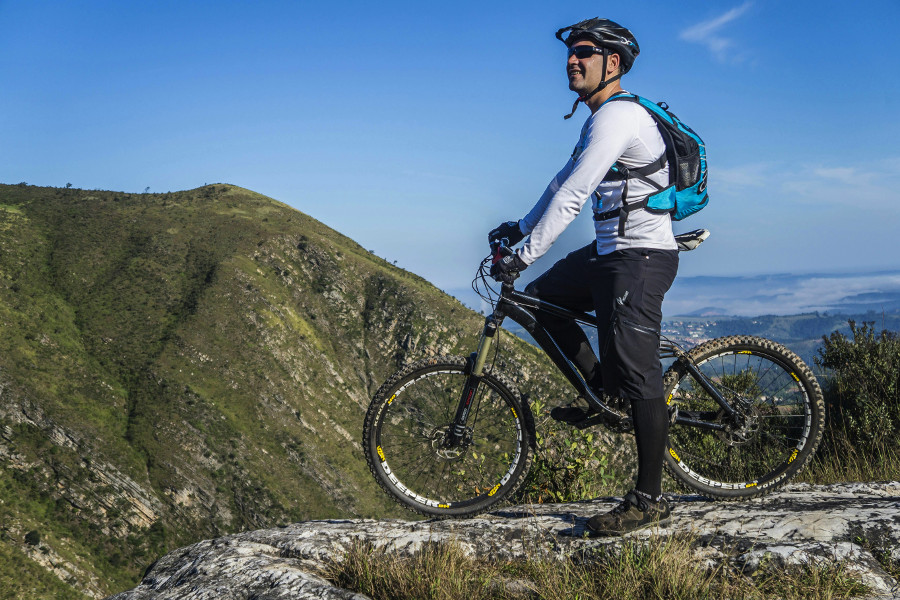
How do I maintain and clean my bike?
Keeping your bike clean and well-maintained is essential to enjoying every ride. Start with a gentle wash using water, soap, and a soft brush – avoid powerful sprays that might damage delicate parts. After cleaning, dry your bike thoroughly. Then, a little lubrication on the chain helps everything run smoothly and prevents rust. Check tire pressure regularly to avoid flats and improve comfort. It’s important to inspect brakes and gears to make sure they’re working right. Taking a little time to care for your bike not only keeps it looking good but also prevents bigger problems down the road, making your rides safer and more enjoyable.
What are the most common biking injuries and how to prevent them?
Injuries from biking can be a real concern, but many are preventable with a few simple steps. Falls often cause scrapes and bruises, while improper posture or bike fit can lead to aches in knees or wrists. Wearing a helmet is non-negotiable to protect your head. Making sure your bike fits you well helps avoid strain and discomfort. Don’t forget to warm up and stretch before and after riding to keep your muscles flexible. Keeping your bike in good working order reduces the chance of mechanical failures that could cause crashes. Riding with awareness and respecting traffic rules helps you stay safe out there.
How do I fix a flat tire on a bike?
Fixing a flat tire might seem tricky at first, but with practice, it becomes second nature. First, remove the wheel from your bike and deflate the tire completely. Use tire levers to gently pry the tire off the rim, then take out the inner tube. To find the hole, inflate the tube and listen for escaping air or dip it in water and look for bubbles. Once you spot the leak, patch it or swap the tube out entirely. Carefully place everything back, making sure the tube isn’t pinched, then inflate to the right pressure. Carrying a repair kit and knowing these steps means you’re ready for unexpected flats anywhere.
What are the basic biking rules of the road?
Biking on the road means following a set of rules designed to keep everyone safe. Always ride on the right side, going with the flow of traffic, never against it. Stop at red lights and stop signs, just like cars do. Use clear hand signals to let drivers and other cyclists know when you’re turning or stopping. Make yourself visible with bright clothing and lights, especially in low light conditions. Be courteous to pedestrians, giving them plenty of space and warning them when you pass. Avoid riding on sidewalks unless local laws say it’s okay. Being predictable and respectful helps create a safer road for all.
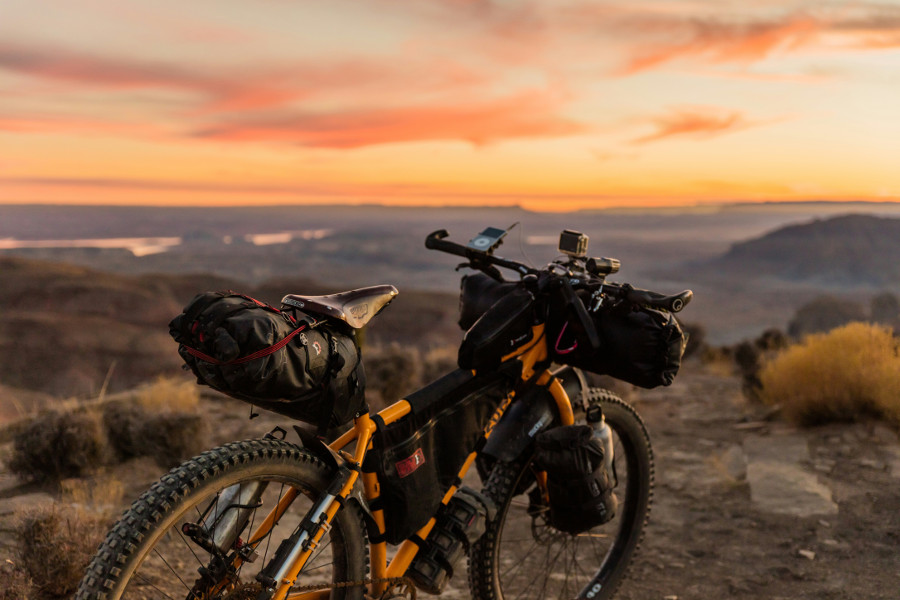
How do I start biking for exercise?
Starting biking as a way to exercise is easier than you might think. Begin with short rides on flat, easy routes so your body can get used to the motion without strain. Dress comfortably and always wear a helmet. Set realistic goals, like 20 to 30 minutes a few times a week, then gradually increase your distance and pace. Warming up before and stretching after your ride helps prevent soreness and injury. Keeping track of your progress can be motivating. As you get fitter, try mixing in hills or intervals to challenge yourself. Most importantly, enjoy the process and the feeling of moving your body in a fresh way.
What is the difference between road bikes and mountain bikes?
Road bikes and mountain bikes are built for very different experiences, and understanding their differences helps you pick what fits you best. Road bikes are light and speedy, made for smooth pavement. They have thin tires and handlebars that curve down to let you lean forward and cut through the air. Mountain bikes, on the other hand, are tougher and designed for rough trails. They have thicker, knobby tires and flat handlebars for better control on bumpy ground. Many come with suspension to absorb shocks. If you want speed on roads, go road bike; if adventure off-road calls you, a mountain bike is your partner.
How can I safely bike at night?
Biking safely at night is all about making yourself seen and staying alert. Equip your bike with a bright white front light and a red rear light to catch the attention of drivers and other road users. Wear reflective clothing or add reflective tape to your bike and helmet. Stick to well-lit routes where you can see clearly and be seen. Keep your bike in good condition – especially brakes and tires – so you can stop quickly if needed. Slow down a bit and watch out for hazards you might miss in the dark. By preparing well and riding carefully, you can enjoy biking after sunset without worry.
What should I pack for a long biking trip?
Packing for a long biking trip means being ready for anything without carrying too much weight. Essentials include a repair kit with spare tubes, tire levers, a pump, and a multitool to fix any mechanical issues. Bring enough water and energy-packed snacks to keep you going. Dress in layers and pack rain gear in case the weather changes. Don’t forget sunscreen and sunglasses to protect from sun exposure. Carry a map or GPS device so you don’t lose your way. Keep identification, some cash, and a phone handy for emergencies. A small first-aid kit is also a smart idea. Being prepared lets you focus on enjoying the journey.
Here are a few useful resources for further reading:
- Bicycling.com - News, Tips
- Cycling Weekly - News, Tips
- Reddit – r/bicycling
- Bicycling Australia – 50 Tips for Better Biking
- BikeRadar – Cycling for Beginners: 25 Essential Tips
Enjoy your journey towards a healthier life.

